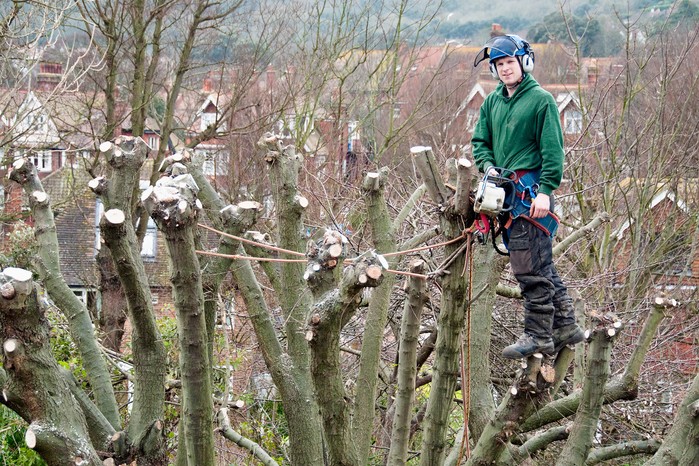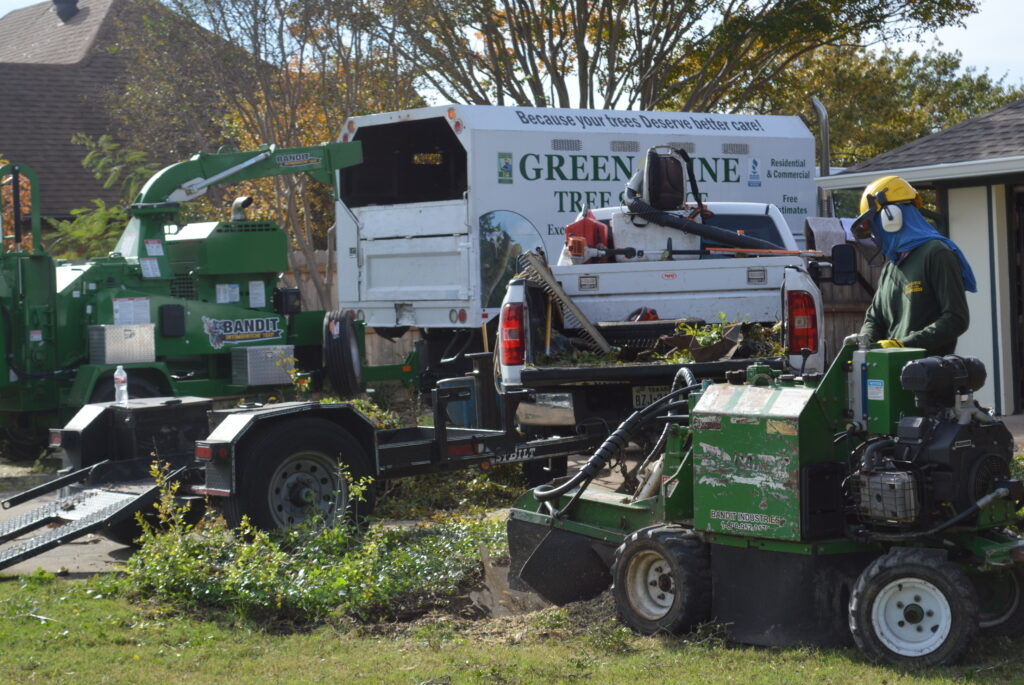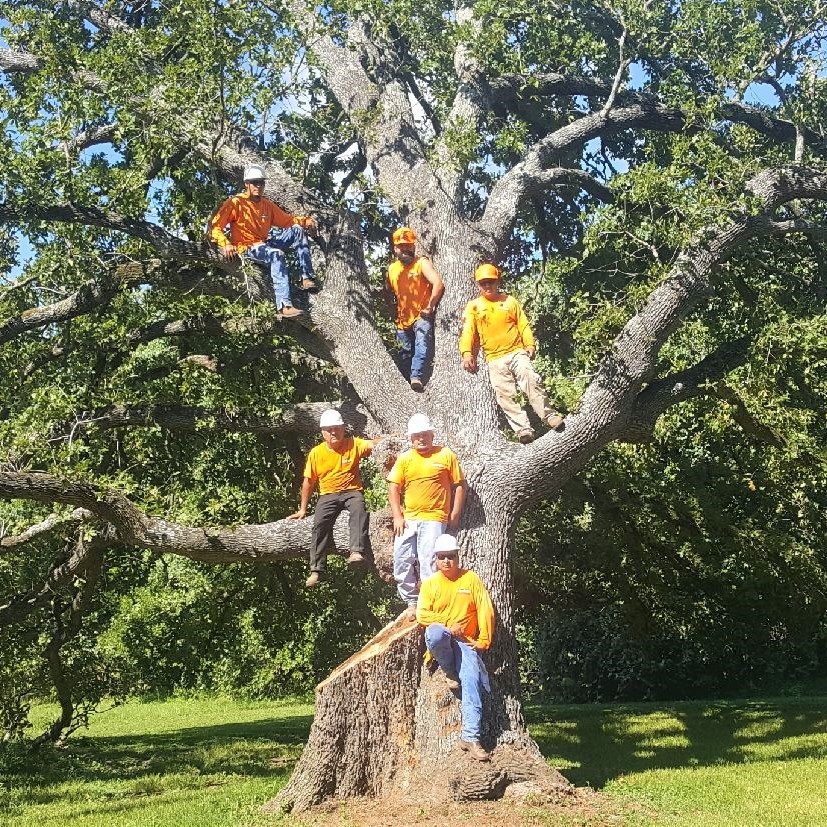Pollarding Trees: Everything You Need to Know
When it comes to tree maintenance, there’s a technique that stands out for its ability to control tree growth and improve tree health: pollarding. It’s an ancient practice that can shape a tree’s future, keep it looking neat, and even extend its life. Let’s dive into everything you need to know about pollarding.
What is Pollarding?
Definition of Pollarding
Pollarding is a tree management technique where the upper branches of a tree are cut back to a specific point, usually just above the trunk, to promote new, controlled growth. This is done to keep trees from growing too tall and to ensure they develop in a controlled, manageable way.
Origins and Historical Use
The practice of pollarding dates back hundreds of years. It was commonly used in medieval Europe as a way to manage woodland areas. Back then, trees were regularly pollarded to provide wood for fuel, fencing, and fodder for animals. Today, pollarding is used more for aesthetic and urban tree management purposes.
Why Pollard Trees?
Health Benefits for Trees
Pollarding can help trees stay healthy. By removing older, heavier branches, you encourage the growth of new, healthier ones. This can reduce the risk of disease and infestations, and it allows the tree to redirect energy into producing strong, fresh growth.
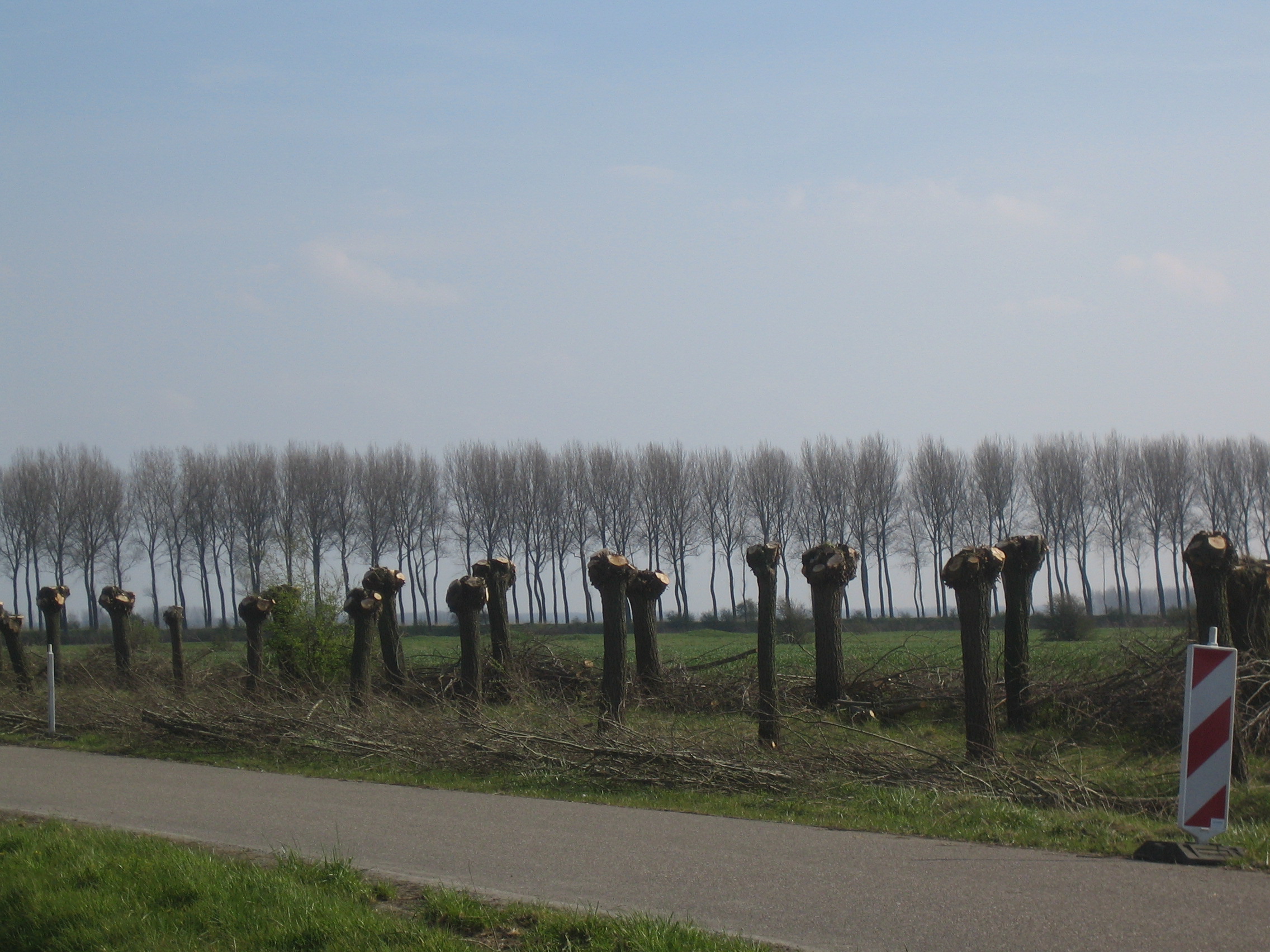
Controlling Tree Size
One of the main reasons to pollard is to control the size of a tree. If left unchecked, some trees can grow to an unmanageable height, especially in urban settings where space is limited. Pollarding keeps trees at a height that’s safer and easier to maintain.
Aesthetic and Urban Benefits
Pollarding is also popular for its visual appeal. It gives trees a unique look, with thick trunks and rounded crowns of new growth. In cities, it helps manage trees in tight spaces and prevents them from interfering with power lines or buildings.
Types of Trees Suitable for Pollarding
Common Pollarded Trees
Not every tree responds well to pollarding. Some of the most common trees that are suitable for pollarding include:
Willow
London Plane
Lime (Linden)
Mulberry
Ash
How to Choose the Right Tree for Pollarding
When selecting a tree to pollard, consider the species and its natural growth pattern. Trees that produce new shoots rapidly after pruning, like willows and planes, tend to do best. Trees that don’t respond well to heavy cuts may suffer from pollarding and should be avoided.
The Pollarding Process Explained
When to Start Pollarding
It’s essential to start pollarding when the tree is still young. Trees should be pruned for the first time before they reach maturity, ideally in their first few years of growth. This ensures that the tree will develop strong, manageable regrowth patterns over time.
Tools Needed for Pollarding
To pollard a tree, you’ll need the following tools:
Pruning saw
Loppers
Pole pruner (for taller trees)
Safety gear (gloves, goggles)
Step-by-Step Guide to Pollarding
Start by choosing the right time – Pollarding is best done in late winter or early spring, when trees are dormant.
Begin by cutting back the main branches – Cut each branch back to the same point, creating a uniform shape.
Eliminate any dead or infected branches to promote strong and healthy growth.
Prune smaller branches – Make sure you leave a few inches of each branch so new shoots can form.
Repeat the process every few years – This keeps the tree’s growth controlled.
How Often Should You Pollard Trees?
Pollarding isn’t a one-time job. Once you’ve started the process, it’s necessary to continue pollarding regularly. Most trees benefit from being pollarded every 1-2 years, but some species may require less frequent attention.
Risks and Mistakes to Avoid When Pollarding
Over-pollarding
Pollarding too aggressively can stress the tree and lead to poor regrowth or even death. It’s crucial to remove branches in moderation, especially if the tree is older or hasn’t been pollarded before.
Inconsistent Pollarding
If you pollard a tree irregularly, it can lead to uneven growth. Stick to a regular schedule to ensure the tree maintains a balanced, healthy shape.
Pollarding vs. Pruning: What’s the Difference?
While both pollarding and pruning involve cutting branches, pollarding is more extreme and focuses on cutting back to the same point repeatedly, whereas pruning is a lighter, more general form of tree maintenance used to remove dead or overgrown branches.
The Long-Term Effects of Pollarding
Regrowth Patterns
Pollarded trees often produce dense clusters of shoots from the cut points, leading to a fuller canopy. Over time, this gives the tree a more controlled, rounded appearance.
Impact on Tree Health
If done correctly, pollarding can extend the life of a tree by reducing the stress caused by overgrown, heavy branches. However, improper pollarding can have the opposite effect, weakening the tree and leaving it vulnerable to disease.
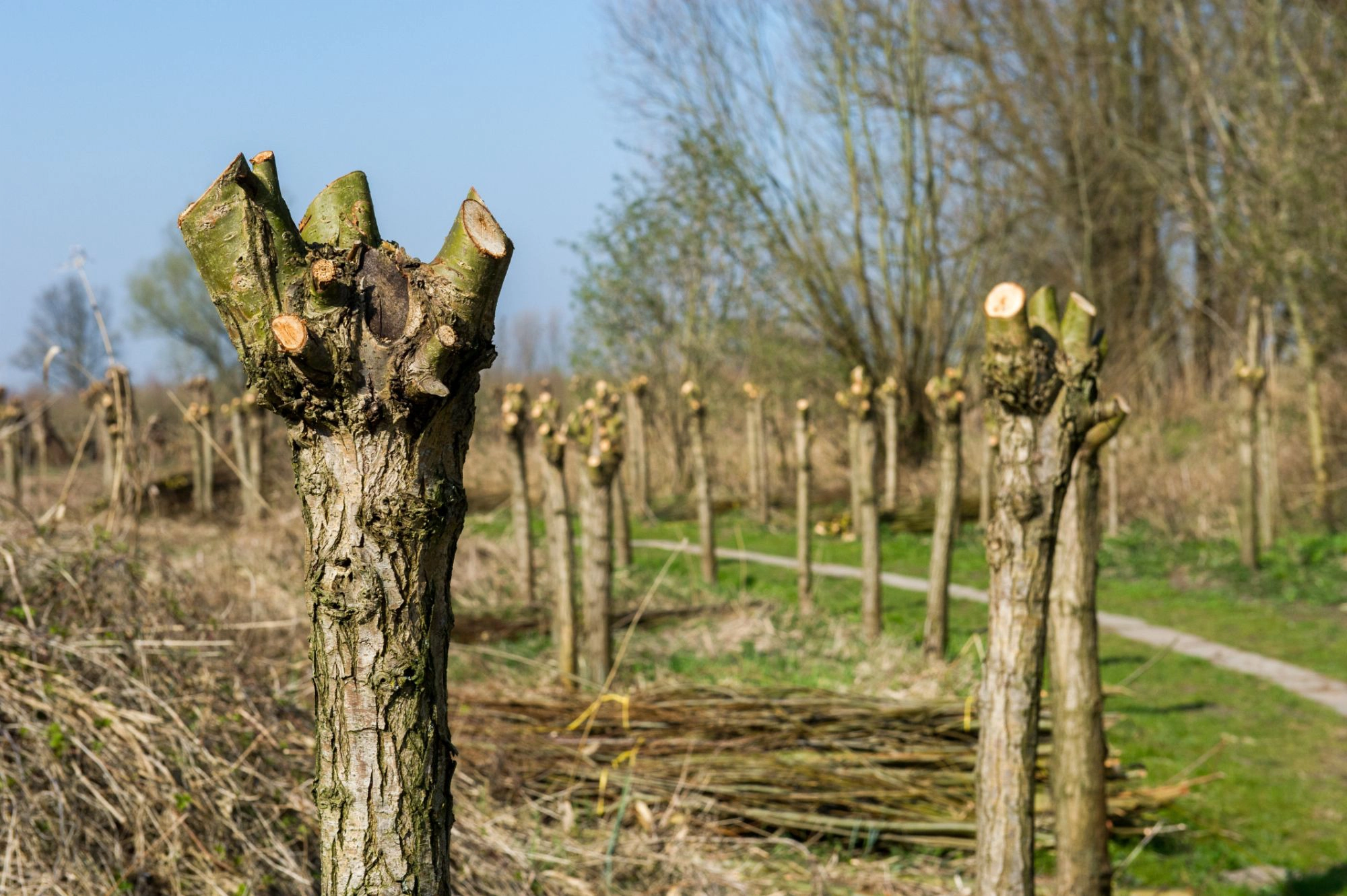
Pollarding in Urban Environments
Managing Street Trees
In cities, pollarding is a common method for managing street trees. It keeps them at a manageable size, prevents interference with buildings, and ensures public safety by reducing the risk of falling branches.
Pollarding for Public Spaces
Pollarded trees are often found in parks and other public spaces, where their uniform shapes add visual appeal and make the areas easier to maintain.
Eco-Friendly Pollarding Practices
When pollarding, it’s essential to consider the environmental impact. Always avoid cutting during nesting season to protect wildlife, and dispose of cut branches in a sustainable way, such as composting or using them for woodchips.
Conclusion
Pollarding is a time-tested method for maintaining trees that offers a host of benefits, from controlling growth to improving tree health. Whether you’re managing a tree in your backyard or overseeing public spaces, pollarding can keep trees looking their best for years to come.
